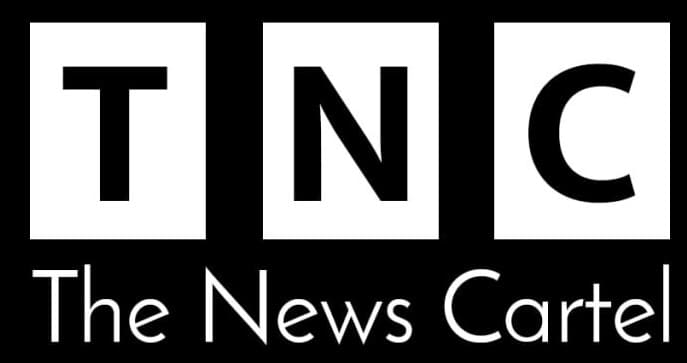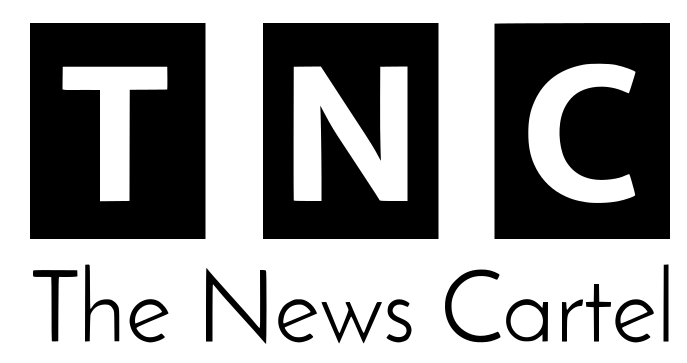New Delhi [India], January 17: With the advent of technology, a growing economy, and an increasing number of market participants, a broad array of investment options are available for small investors ranging from traditional tools like Fixed Deposits and gold to more recent options like Real Estate Investment Trusts and Alternative Investment Funds. Selecting an optimal investment tool is challenging for small investors who seek a balance between security, accessibility, and returns.
A comparative analysis of popular investment options based on ranking and suitability for small investors in India from a range of academic and industry literature.
Fixed Deposits (FDs): Fixed Deposits have long been a preferred choice for Indian investors due to their security and guaranteed returns (Rani & Kumari, 2018). FDs are offered by banks and post offices, generally providing interest rates between 5-7% annually. Scholars argue that FDs remain popular because they provide predictable returns and are easy to understand, making them accessible even to novice investors (Kumar et al., 2020). However, Rani and Kumari (2018) note that while FDs offer stability, they may not always keep pace with inflation, which can erode real returns over time.
Mutual Funds (MFs): Mutual funds have gained traction among small investors in India, especially with the introduction of the Systematic Investment Plan (SIP) route, which allows low minimum investments (Gupta & Agarwal, 2019). Equity mutual funds, in particular, have been known to yield 10-15% annual returns over the long term, albeit with a degree of market volatility (Sharma et al., 2021). Literature suggests that mutual funds offer a middle ground, balancing risk and reward, and providing a variety of options (equity, debt, and hybrid funds) to suit different risk profiles (Nanda et al., 2019). Despite market risks, the SIP approach has been noted for instilling discipline among investors, a feature that makes mutual funds an appealing tool for small investors (Gupta & Agarwal, 2019).
Gold: Gold has historically been a popular investment in India due to its intrinsic value and cultural significance (Patel & Joshi, 2020). In recent years, options like digital gold, sovereign gold bonds, and gold ETFs have further diversified this asset class, making it accessible to small investors (Patel & Joshi, 2020). Studies suggest that gold acts as a hedge against inflation and currency fluctuations, offering long-term returns of around 8-10% (Khan & Srivastava, 2018). However, while gold provides security and tangibility, some scholars caution that it lacks the growth potential of equities (Patel & Joshi, 2020).
Direct Equity (Stocks): With the rise of digital trading platforms, direct equity has become increasingly accessible to retail investors (Mehta, 2021). Investing in stocks can yield substantial returns, with blue-chip stocks historically offering 10-15% annual gains (Verma & Yadav, 2019). However, Mehta (2021) emphasizes that equity investing requires a strong understanding of market dynamics and risk tolerance, as stocks are highly volatile. Direct equity appeals to those willing to engage in active portfolio management, but it may be unsuitable for risk-averse investors (Verma & Yadav, 2019).
Unlisted Securities (Private Equity, Startups): Investing in unlisted securities has recently attracted attention due to the rise of the startup culture in India (Sharma et al., 2021). However, unlisted securities have high entry requirements, liquidity issues, and require sophisticated analysis, making them less accessible to small investors (Rajesh, 2020). Literature suggests that while these investments can offer high returns, they carry substantial risks and are best suited for experienced investors with high capital (Sharma et al., 2021).
Real Estate (REITs and Small Properties): Real estate is a traditional investment avenue, but high capital requirements have typically made it inaccessible to small investors. The introduction of Real Estate Investment Trusts (REITs) has mitigated this barrier, allowing investors to participate in the real estate market with smaller amounts (Garg & Sharma, 2020). REITs offer moderate returns in the range of 7-12% and provide exposure to the real estate sector without the need to buy property outright (Garg & Sharma, 2020). Despite this, real estate investments remain sensitive to economic cycles, and scholars suggest that small investors may find REITs more appropriate than direct real estate purchases (Garg & Sharma, 2020).
Alternative Investment Funds (AIFs): Alternative Investment Funds cater primarily to high-net-worth individuals due to their high minimum investment requirements (typically ₹1 crore or more) (Singh & Bansal, 2019). These funds cover a wide array of investment strategies, including hedge funds and venture capital, which can yield substantial returns but carry significant risks (Singh & Bansal, 2019). Literature indicates that AIFs are less suitable for small investors due to their complexity, risk level, and high entry barriers (Rajesh, 2020).
Derivatives (Futures and Options): Derivatives are complex financial instruments generally used by sophisticated investors with high risk tolerance (Mehta, 2021). These instruments offer the potential for high returns but are known for extreme volatility, making them unsuitable for most small investors. Researchers agree that derivatives are better suited for traders with advanced knowledge, as they can lead to substantial losses if market movements are misjudged (Verma & Yadav, 2019).
Fine Art and Collectibles: Fine art and collectibles represent a niche investment category with limited accessibility due to high capital needs and the expertise required for valuation (Rajesh, 2020). These assets are highly illiquid, and while they may appreciate over time, their value is difficult to predict and is often subject to market trends (Sharma et al., 2021). Most scholars agree that fine art and collectibles are unsuitable for small investors, given the challenges in valuation, liquidity, and storage costs (Rajesh, 2020).
Dr. Ratish Gupta, Chartered Marketer (CIM UK) and Director, Wealth Wisdom India Pvt Ltd. suggests, “Based on critical review of literature, Fixed Deposits, Mutual Funds, and Gold emerge as the most suitable investment tools for small investors in India, providing a balance between security, accessibility, and returns (Rani & Kumari, 2018; Gupta & Agarwal, 2019). While riskier options such as Direct Equity and Real Estate (through REITs) offer higher growth potential, they are more suited to investors with a higher risk tolerance (Mehta, 2021). Investments such as AIFs, derivatives, and fine art appeal primarily to experienced or wealthy investors and are generally unsuitable for small investors seeking low-risk, easily accessible options (Singh & Bansal, 2019).”
By understanding the characteristics and risks associated with each investment tool, small investors can make informed decisions that align with their financial goals and risk tolerance. With a balanced approach to risk and a clear investment horizon, small investors can build a robust portfolio that not only protects their capital but also enables capital growth over time.
If you have any objection to this press release content, kindly contact pr.error.rectification@gmail.com to notify us. We will respond and rectify the situation in the next 24 hours.


